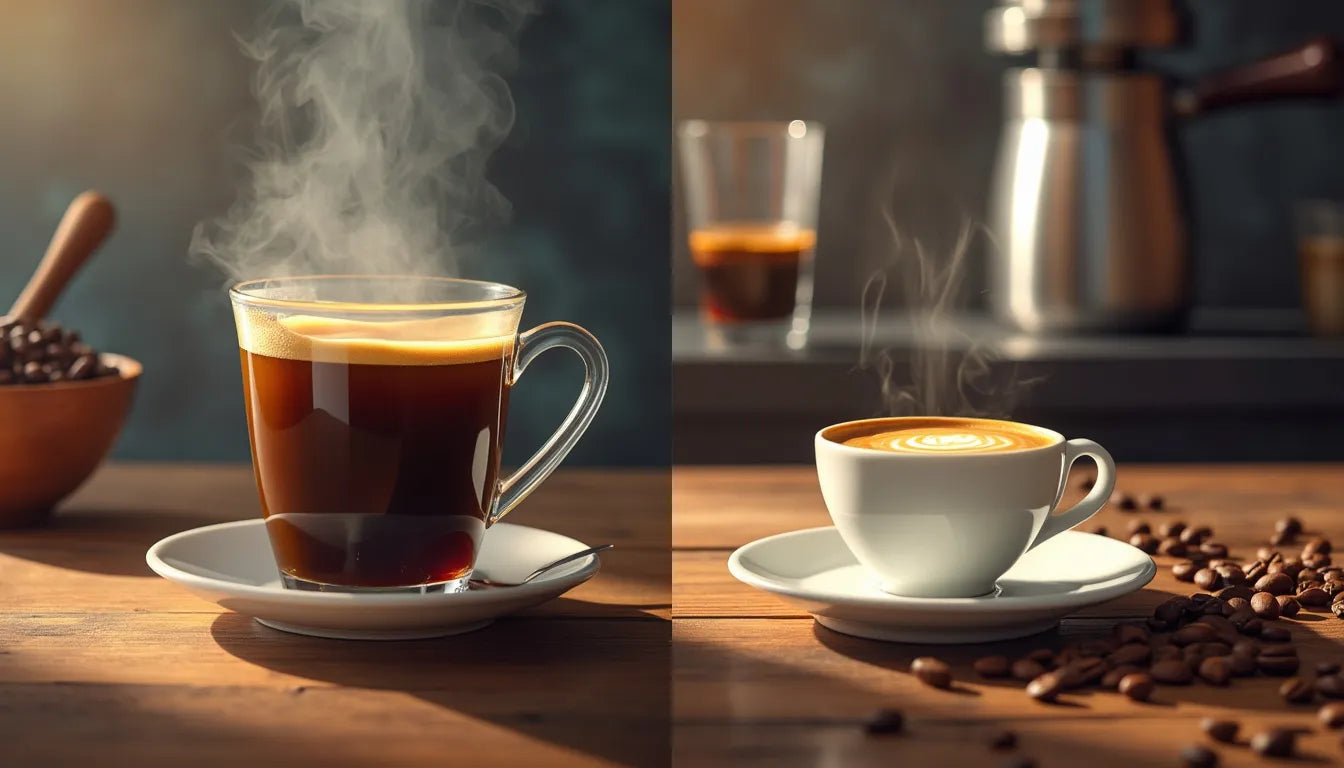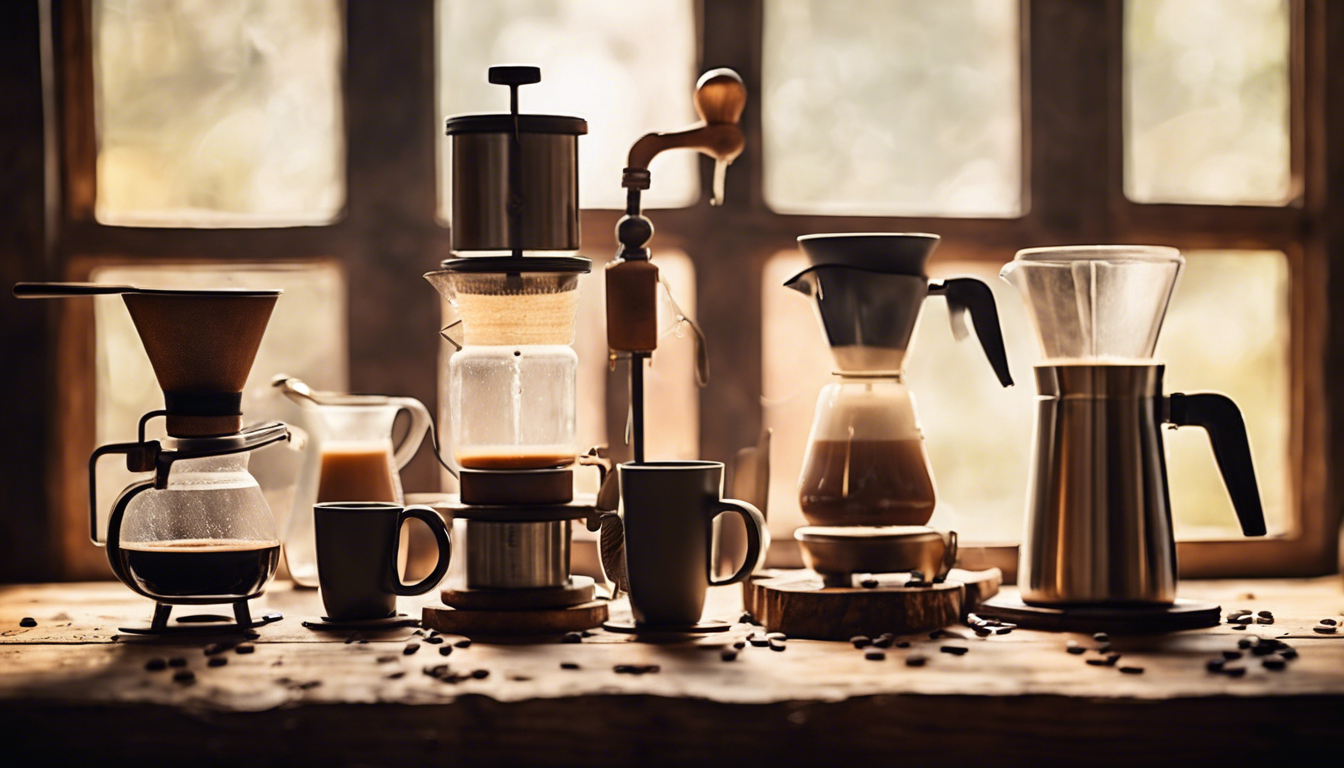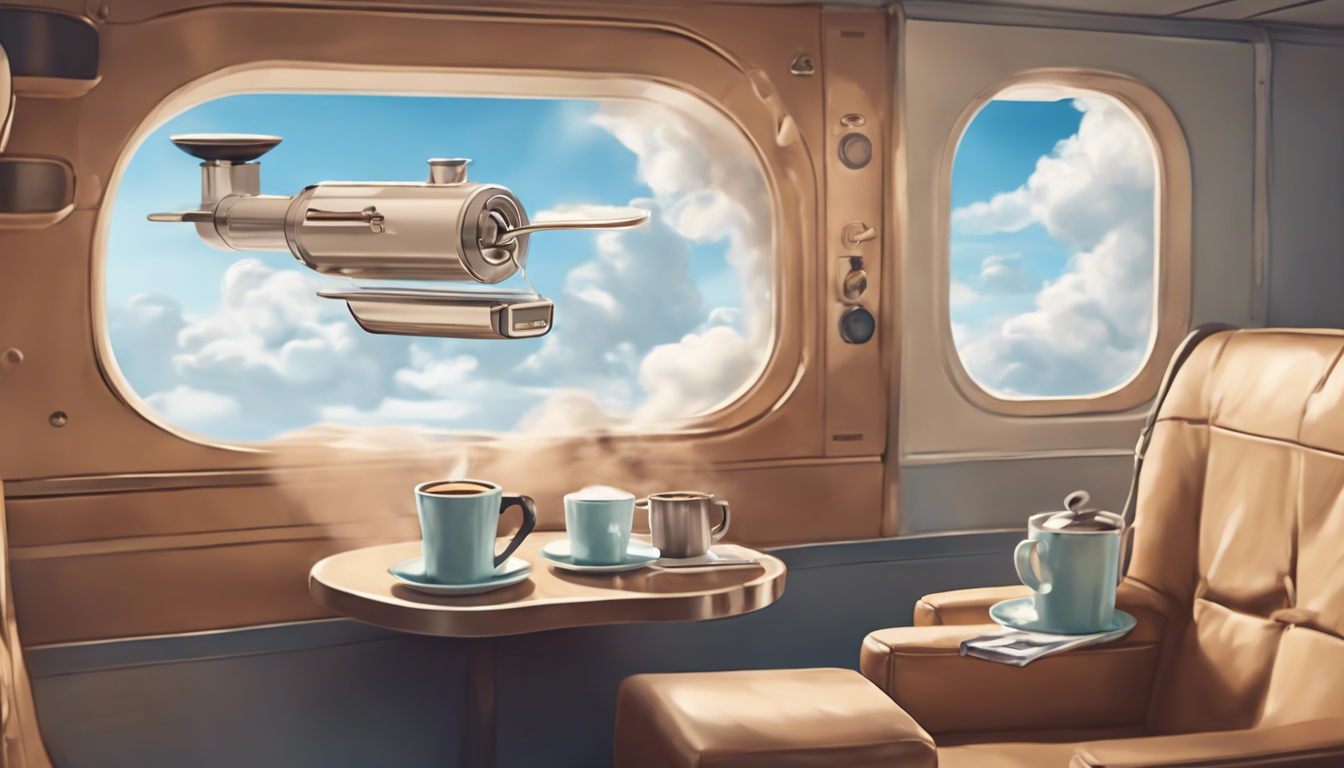Understanding the Difference Between Coffee and Espresso

The Intriguing World of Coffee and Espresso: Unraveling Their Differences
If you've ever found yourself standing at a coffee shop counter, gaze darting between the coffee and espresso sections of the menu, you're not alone. Understanding the difference between coffee and espresso can amplify your appreciation for these beloved beverages while impressing your barista. Though both stem from the humble coffee bean, their journey from grind to brew is what sets them apart.
Origin of Beans
The adventure begins with coffee beans. Coffee and espresso can actually be made from the same beans, but the distinction often lies in the roast level and blend used. Espresso beans are typically roasted longer and darker than those preferred for regular coffee, allowing them to maintain their bold, rich flavor amidst intense brewing conditions.
Grinding It Out
The grind size plays a pivotal role in defining the difference between coffee and espresso. Espresso relies on a finely ground consistency, resembling powdered sugar, to facilitate the quick extraction process that characterizes its brewing. On the other hand, coffee usually calls for a coarser grind, akin to sea salt, allowing for a slower brewing process that extracts flavors at a leisurely pace.
The Brewing Method
The most critical distinction between the two beverages is how they are brewed. Coffee is conventionally brewed by letting hot water seep through the coffee grounds under minimal pressure for several minutes, such as in a drip coffee maker or a French press. Espresso, conversely, is brewed with high pressure, typically 9 bars, forcing a small amount of hot water through compacted coffee grounds in a matter of seconds.
Flavor Profiles and Texture
Thanks to its brewing method, espresso is densely packed with flavor, offering a concentrated and robust taste that coffee lovers crave. Its distinct creamy layer, known as crema, sits on top, providing a slightly bitter and aromatic experience unique to espresso. Coffee, brewed over a longer period with more water, results in a milder, more diluted cup with a wider spectrum of subtle flavors.
Caffeine Content: The Buzz-Worthy Debate
A common misconception in unraveling the difference between coffee and espresso is caffeine content. While espresso is more concentrated, it usually contains less caffeine per serving than a full-bodied cup of coffee. This is largely because espresso is served in smaller portions, while coffee comes in larger quantities, ultimately balancing out the caffeine equation.
Cultural and Lifestyle Aspects
Finally, consider the cultural insights these beverages offer. Espresso is often woven into the fabric of Italian tradition, a quick pick-me-up meant to be savored in small, potent sips. Meanwhile, coffee leans more towards a leisurely experience, conducive to long conversations and cozy corners.
Now, nestle back in that café chair or close the latch on your home coffee maker with new-found understanding and zeal. Whether you're a steadfast coffee enthusiast or an espresso aficionado, appreciating the difference between coffee and espresso enhances not just your palate, but your entire coffee journey.
Ready to take your coffee experience to the next level? Don’t settle for anything less than perfect espresso, no matter where you are. Click here to grab your portable espresso machine today and enjoy barista-quality coffee on the go!



